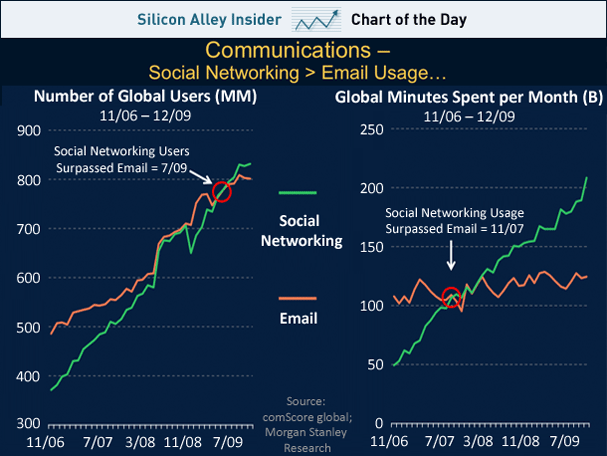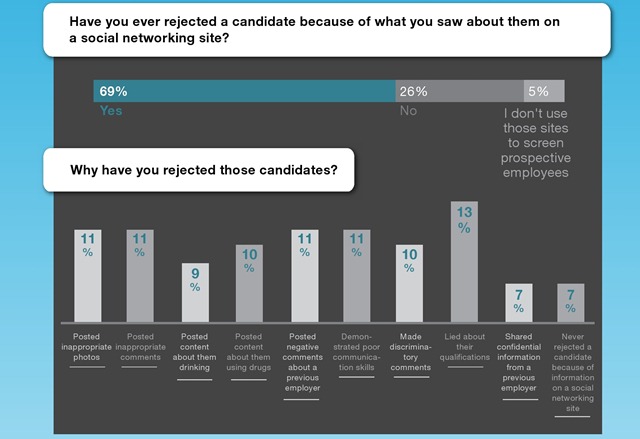Language evolves.
Vocabularies expand and contract with colloquial trends. This evolution has been taking place since humankind started attributing meaning to the nuanced differences between grunts and grumbles.
The pace, volume and scope of evolution veered off the tracks and into the wild in conjunction with the explosive growth of personal digital communication.
Text messages and instant messaging quickly unleashed a horde of alien acronyms on an unsuspecting public. Those who were not in on the ground floor were quickly left behind as a new type of segregation began to unfold.
Those savvy with this emerging, hackneyed digital-speak suddenly created a buffer of insulation, a new dialect to distance themselves from the noise of the masses.
Naïvely panicked parents scrambled to on-line resources to help them crack this alien code and determine what dangers their children were apparently propelling themselves towards…
The interesting thing about this emerging dialect is that it did not seem bound by the typical restraints of geography or culture that incubated typical changes in language. The shapers of this language have some commonalities in age, they are predominantly the younger, more digitally enabled generation but the only prerequisite is digital access.
The interesting shift in EMC or electronically mediated conversation is how it is jumping media from the digital towards the conventional.
This mashable article describes how, through predominantly internet conversations, the word because has made a transition from a subordinating conjunction to a preposition.
The significance of this is: the a style of language developed as a matter of short-form convenience to the constraints of its native media. This language has now jumped media form into conventional media has infiltrated the written and verbal form outside of its native ecosystem to the extent that it has been recognized by the authoritative guardians of the written word.
In a sense, the language of the internet has gone viral and escaped the confines of the internet.




